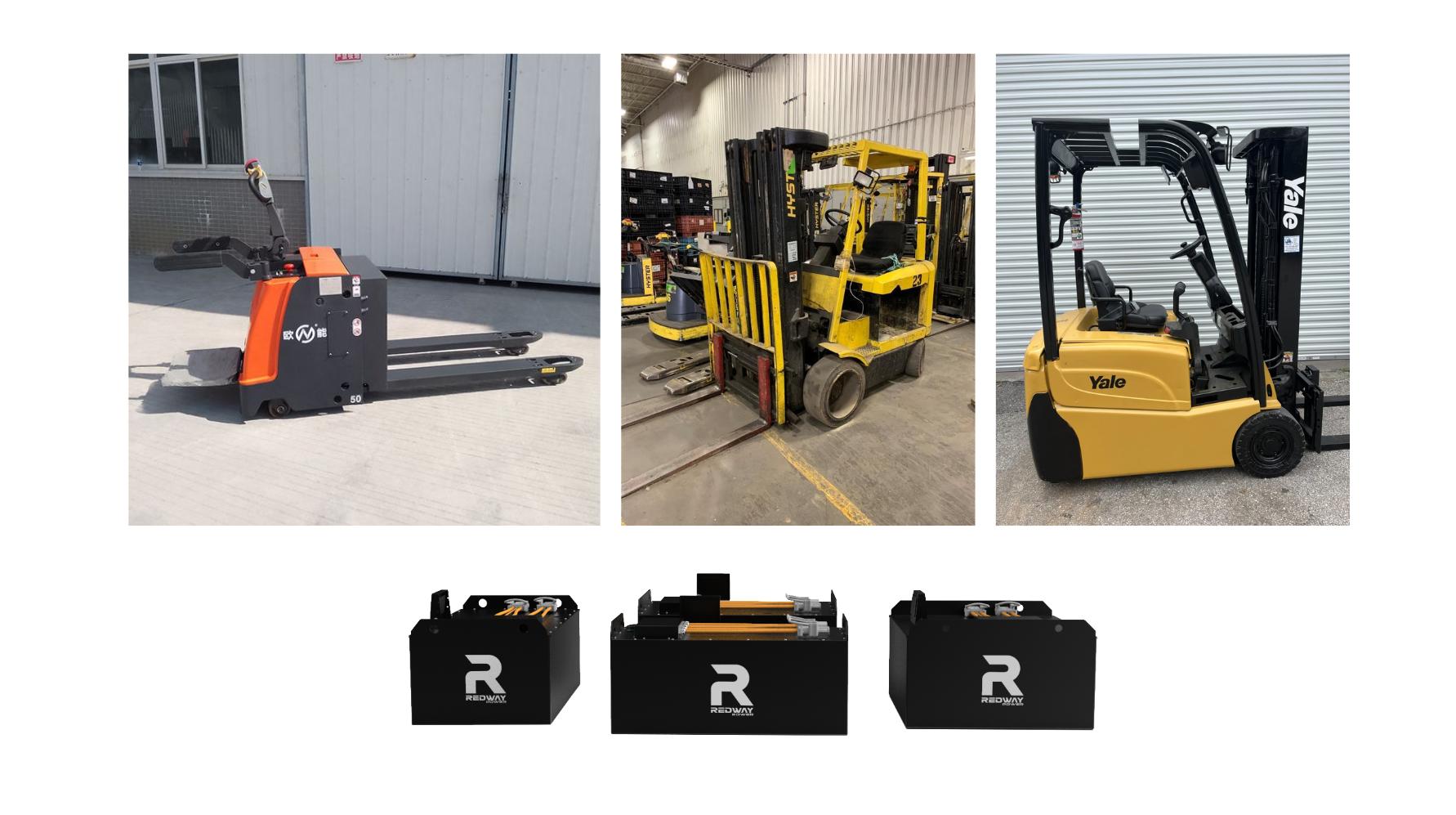Sustainable warehouse power integrates renewable energy sources like solar, wind, and energy storage systems to reduce carbon footprints and operational costs. By adopting technologies such as solar panels, lithium-ion batteries, and smart energy management systems, warehouses can achieve energy independence, comply with regulations, and enhance long-term profitability. This transition supports environmental goals while maintaining operational efficiency.
48V 300Ah Lithium Forklift Battery
What Are the Core Components of Sustainable Warehouse Power Systems?
Sustainable warehouse power systems rely on renewable energy generation (solar, wind), energy storage (batteries, thermal storage), and smart grid integration. Energy-efficient lighting, HVAC systems, and automation tools further reduce consumption. These components work synergistically to minimize reliance on fossil fuels and optimize energy use, ensuring warehouses meet sustainability targets.
48V 400Ah Lithium Forklift Battery
How Do Solar Panels and Wind Turbines Power Warehouses?
Solar panels convert sunlight into electricity via photovoltaic cells, while wind turbines harness kinetic energy from wind. Both technologies provide scalable, renewable energy for warehouses. Solar is ideal for rooftops, whereas wind turbines suit open areas. Combined, they offer reliable power generation, reducing grid dependence and energy costs.
72V 300Ah Lithium Forklift Battery
Which Energy Storage Solutions Are Best for Warehouses?
Lithium-ion batteries dominate warehouse energy storage due to high efficiency and declining costs. Flow batteries and thermal storage systems offer alternatives for long-duration needs. These solutions store excess renewable energy, ensuring uninterrupted power during grid outages or low generation periods, and enable load-shifting to reduce peak demand charges.
36V 250Ah Lithium Forklift Battery
Modern warehouses often combine multiple storage technologies for optimal performance. For example, lithium-ion batteries handle daily load-shifting due to their rapid response times, while thermal storage systems can store excess solar energy as heat for winter heating needs. Emerging technologies like gravity-based storage systems are also gaining attention for their low environmental impact and ability to store energy for weeks.
| Storage Type | Capacity | Best Use Case |
|---|---|---|
| Lithium-ion | 4-8 hours | Daily load management |
| Flow Battery | 10+ hours | Seasonal storage |
| Thermal | 12-72 hours | HVAC integration |
Why Are Smart Energy Management Systems Critical for Sustainability?
Smart energy management systems use IoT sensors and AI to monitor and optimize energy use in real time. They automate load balancing, predict demand, and integrate renewable sources efficiently. This reduces waste, lowers costs, and ensures compliance with sustainability standards, making them indispensable for modern warehouses.
48V 280Ah Lithium Forklift Battery
How Can Warehouses Leverage Government Incentives for Renewable Energy?
Governments offer tax credits, grants, and rebates for renewable energy adoption. Programs like the U.S. Investment Tax Credit (ITC) or EU’s Renewable Energy Directive reduce upfront costs. Warehouses can partner with energy consultants to identify applicable incentives, accelerating ROI and easing financial barriers to sustainable upgrades.
48V 700Ah Lithium Forklift Battery
What Role Do Microgrids Play in Warehouse Energy Resilience?
Microgrids decentralize energy production, allowing warehouses to operate independently during grid failures. By combining renewables, storage, and backup generators, they enhance resilience and ensure continuous operations. Microgrids also enable participation in demand response programs, generating revenue while supporting grid stability.
Know more:
Why Are Lithium-Ion Forklift Batteries Revolutionizing Material Handling?
What Are the Best Energy Storage Solutions for Material Handling?
What Are Industrial Battery Management Systems (BMS) and Why Are They Critical
What Are the Optimal Forklift Battery Charging Solutions for Industrial Efficiency?
Which Battery Is Better: Lithium or Lead-Acid?
How Can Warehouses Transition to Sustainable Power Solutions?
How Does Sustainable Power Impact Warehouse Operational Costs?
While initial investments are high, sustainable power reduces long-term costs through lower energy bills, tax incentives, and reduced maintenance. Energy-efficient technologies slash consumption, while renewables hedge against fossil fuel price volatility. Over time, warehouses achieve significant savings and improved profitability.
24V 230Ah Lithium Forklift Battery
The operational cost benefits extend beyond direct energy savings. Sustainable warehouses often qualify for green certifications like LEED or BREEAM, which can reduce insurance premiums by 5-15% and increase property values. Automated energy systems also minimize human error in energy management – a 2023 study showed warehouses using AI-powered systems reduced energy waste by 22% compared to manual operations.
“Sustainable power isn’t just an environmental choice—it’s a strategic business decision. At Redway, we’ve seen warehouses cut energy costs by 40-60% using hybrid solar-storage systems. The key is tailoring solutions to site-specific needs and leveraging smart analytics to maximize ROI. Future-ready warehouses will prioritize flexibility, integrating AI and modular energy systems to adapt to evolving demands.”
— Redway Energy Solutions Team
Conclusion
Transitioning to sustainable power solutions enables warehouses to reduce emissions, lower costs, and future-proof operations. By combining renewables, storage, and intelligent management systems, facilities can achieve energy resilience and regulatory compliance. As technology advances, adopting these strategies will become imperative for competitive, environmentally responsible logistics.
FAQ
- How Long Does It Take to Implement Sustainable Power in a Warehouse?
- Implementation timelines vary but typically span 6–18 months, depending on system complexity, permits, and site preparation. Solar installations take 3–6 months, while microgrids may require a year. Planning with experienced vendors ensures minimal downtime.
- Are Renewable Energy Systems Reliable for High-Consumption Warehouses?
- Yes. Modern renewable systems paired with storage and microgrids provide reliable power, even for high-demand facilities. Redundancy measures and grid hybridization ensure uninterrupted supply.
- What Is the Average ROI for Warehouse Solar Power Systems?
- Most warehouses achieve ROI in 4–7 years, thanks to energy savings and incentives. Systems often last 25+ years, delivering substantial long-term returns.



